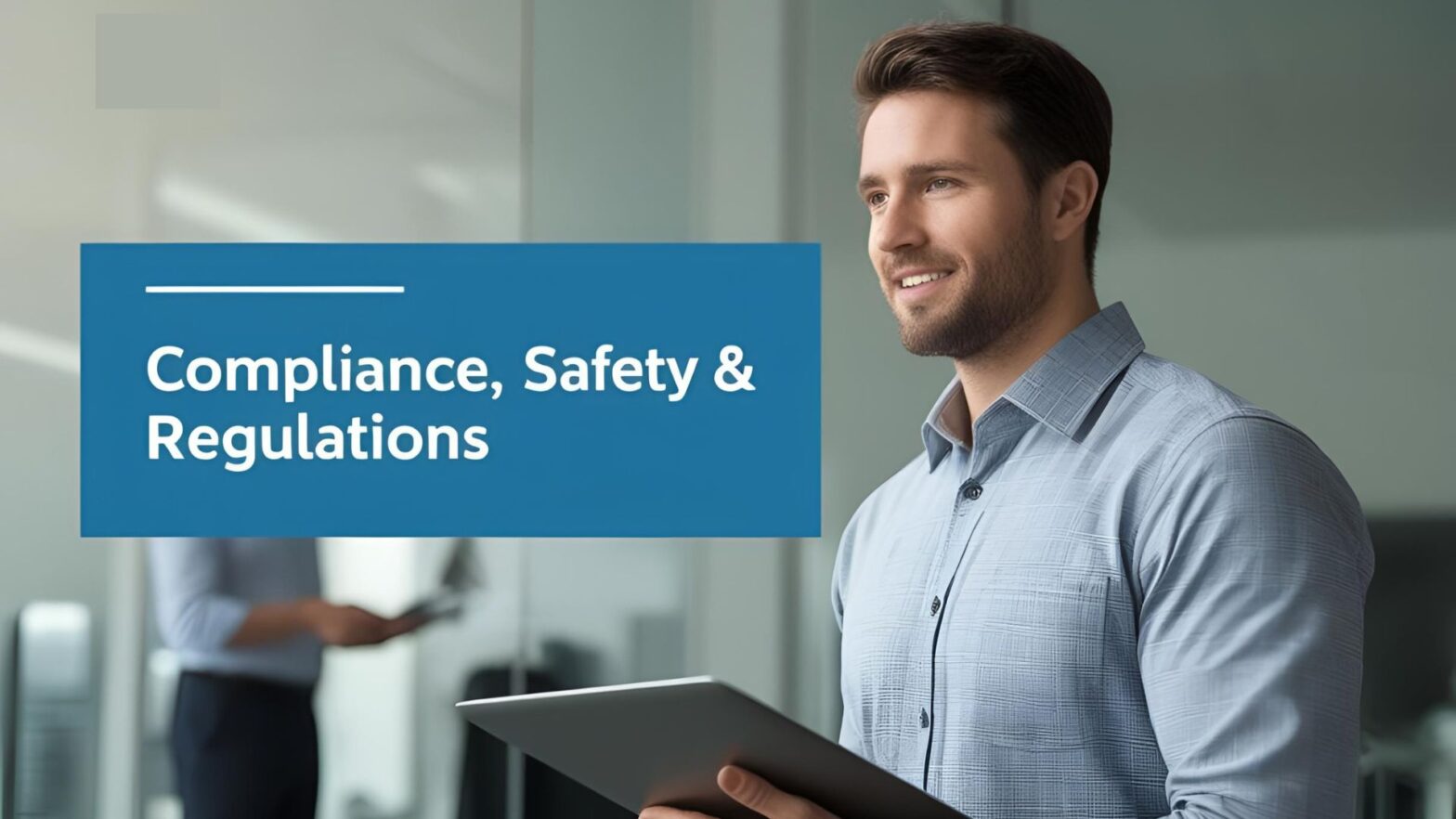In today’s regulatory environment, compliance is no longer just a back-office task—it’s a business risk that needs to be proactively managed. For building materials suppliers, construction distributors, and warehouse operations, regulations touch everything: worker safety, product handling, environmental rules, tax codes, and delivery logistics.
Trying to manage all that with spreadsheets, scattered documents, or siloed systems? That’s a recipe for missed deadlines, audit failures, and costly mistakes.
A well-configured ERP system isn’t just for inventory and billing anymore—it’s one of your most powerful tools for reducing compliance risk across the business.
Here’s how better ERP tools help you stay compliant, reduce exposure, and operate with confidence.
✅ 1. Centralized Recordkeeping for Regulatory Readiness
The risk:
Incomplete or inconsistent records lead to failed audits, OSHA citations, or legal exposure.
How ERP helps:
Stores safety logs, SDS sheets, equipment inspections, and training records in one place
Creates audit trails for every change or access to sensitive records
Makes it easy to retrieve documentation during inspections or claims
Eliminates lost paperwork and duplicated efforts across departments
Centralized, consistent data equals fewer surprises—and stronger protection.
✅ 2. Automated Reporting for OSHA, DOT, EPA, and More
The risk:
Manually compiling compliance reports is time-consuming and error-prone. Missed reports or incorrect filings can lead to fines or delays.
How ERP helps:
Auto-generates reports for OSHA logs, emissions tracking, or hazardous material handling
Schedules reports based on deadlines or volume thresholds
Provides real-time dashboards to track compliance KPIs (incidents, inspections, expirations, etc.)
Exports in formats ready for regulatory submission
No more scrambling during audit season—your reports are ready when you need them.
✅ 3. Role-Based Access Controls to Protect Sensitive Data
The risk:
Too many users with too much access increases the chance of data misuse or breaches—especially when handling employee health data, environmental logs, or customer records.
How ERP helps:
Limits who can view, edit, or export specific data sets
Supports multi-factor authentication for sensitive functions
Logs all system activity for audit and accountability
Segregates access by job function, department, or location
Security and compliance go hand-in-hand—and a good ERP makes it automatic.
✅ 4. Compliance Workflows Built Into Daily Operations
The risk:
If compliance tasks aren’t embedded in the workflow, they get skipped—whether it’s checking fire extinguisher logs, confirming material specs, or verifying driver certifications.
How ERP helps:
Triggers required safety or inspection checklists based on job type or location
Requires training validation before scheduling workers for certain tasks
Blocks shipments that don’t meet labeling or documentation rules
Automates email alerts when certifications or inspections are due
Compliance becomes part of the process—not something people have to remember separately.
✅ 5. Vendor and Product Compliance Tracking
The risk:
Stocking or selling non-compliant products (e.g., materials without proper certifications, outdated SDS, or missing environmental declarations) can lead to project rejections, returns, or liability.
How ERP helps:
Stores vendor certifications and renewal dates
Flags expired or restricted products
Links products to compliance documents (e.g., LEED data, VOC levels, FSC certifications)
Prevents ordering or selling of non-approved materials
This helps you avoid costly callbacks, rework, or reputation damage.
✅ 6. Incident Logging and Corrective Action Tracking
The risk:
If safety incidents, equipment failures, or employee injuries aren’t tracked properly, you risk repeated violations and lost insurance coverage.
How ERP helps:
Logs incidents with supporting documentation and follow-up actions
Assigns ownership and deadlines for corrective measures
Tracks patterns and root causes to improve safety over time
Integrates with safety dashboards or third-party compliance tools
It turns every incident into a chance to learn and lower risk.
Final Thought
ERP systems aren’t just about managing inventory—they’re about managing risk. With the right tools and workflows in place, your ERP becomes a compliance command center, helping you stay ahead of audits, regulations, and liabilities.
Whether it’s tracking OSHA training, documenting product certifications, or generating environmental reports, better ERP compliance tools mean less risk, fewer surprises, and more peace of mind.


